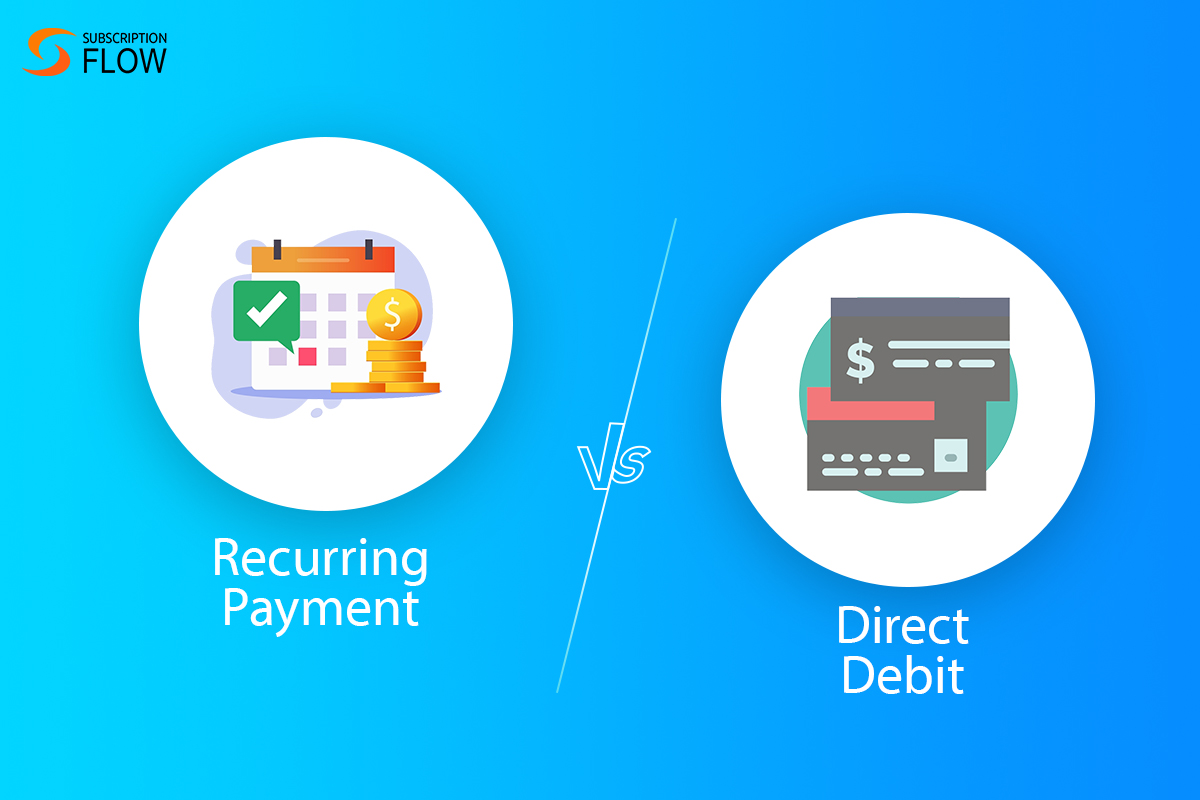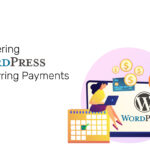
Direct Debit vs. Recurring Payment—Which Payment Method Works For Your SaaS
As a businessman, if you take payments from customers regularly, you should have a secure and convenient method of processing these payments. You need to decide whether you want to offer your customers the option of a direct debit or recurring payment. In this blog post, we will compare and contrast these two types of payments so that you can make an informed decision for your business.
What Is A Direct Debit?
A direct debit is a type of bank-to-bank transfer in which the payer authorizes the payee to withdraw funds from their account regularly. The advantage of direct debit is that it is a secure and convenient way to process regular payments. It requires a customer to have a bank account and authorize the vendor to do direct debit on a recurring basis.
What Is A Recurring Payment?
A recurring payment or recurring card payment, also known as a subscription payment, is a payment that is processed on a recurring basis using cards. The advantage of recurring payments is that they can be processed automatically, so you don’t have to worry about missed payments. It requires your customer to have a credit or debit card.
Differences: Direct Debit vs. Recurring Payment
The payer sets recurring payments, whereas the payee sets up direct debits. It means that your customers have more control over when and how much they pay with a recurring payment.
With direct debit, you will have more control over when you take money from their account.
Recurring payments can be canceled anytime, whereas direct debits can only be canceled under certain circumstances. It means that if your customers need to stop making a payment for any reason, it’s easier to do so with a recurring payment.
Finally, direct debits are typically used for larger payments, such as utility bills or mortgage payments. Recurring payments are often used for smaller, regular payments like gym memberships or magazine subscriptions.
Benefits Of Direct Debit vs. Recurring Payment
The main advantage of Direct Debit is that it’s a very secure way to receive payments, as your customer needs to give explicit permission for each payment to be made. It means there’s much less chance of fraud or error. It also offers more flexibility than recurring payments because your customer can cancel the payment at any time.
Recurring payments can be set up online or over the phone, and your customers can choose to make payments weekly, monthly, or even annually. This flexibility makes recurring payments a good option for businesses that need to bill customers regularly but don’t want to commit to a set schedule.
Another advantage is that they can be processed automatically, so you don’t have to worry about missed payments or late fees. Your customers can also cancel their subscriptions anytime, giving them more control over their finances.
The Downside: Recurring Card Payment vs. Direct Debit?
The downside of Direct Debit is that it can be a little more complicated to set up than other types of payments, as you’ll need to have a dedicated bank account for collecting the payments. You’ll also need to provide your customers with some paperwork to sign, which can be off-putting for some people.
Recurring card payments are not as secure as Direct Debit because your business stores your customer’s card details There’s also the possibility that your customer’s card could expire or be canceled, which would mean you don’t get paid.
Some Things To Consider For Recurring Card Payments
If you’re considering recurring payments for your business, remember a few things. First, you’ll need to ensure that your payment processor supports this transaction. Second, you’ll need to communicate the subscription terms to your customers, so they know what to expect.
Finally, it’s essential to keep an eye on your subscription numbers and ensure you’re not losing more customers than you’re gaining. If you see a drop in subscriptions, it could indicate that your pricing isn’t competitive or that your service isn’t meeting customer expectations.
So, direct debit vs. recurring card payment: which is best for your business? It depends on what suits you best. If security is your main concern, then Direct Debit is the way to go. However, recurring card payments may be the better option if you want a more straightforward process with less paperwork. Whichever you choose, make sure you offer your customers a convenient and secure way to pay.
How Can SubscriptionFlow Help?
SubscriptionFlow is the simplest way to set up and manage recurring payments and direct debits, all in one place. We’ve got everything you need to take control of your subscription business. With our easy-to-use platform, you can start accepting recurring payments in minutes. And because we’re integrated with major payment processors, you can be sure your payments are always processed smoothly.
Plus, our powerful subscription management tools make it easy to keep track of all your subscribers and their payments. So you can focus on growing your business, not chasing down late payments. If you’re looking for a simple, effective way to take control of your recurring payments, SubscriptionFlow is the perfect solution.
Get started today and see how we can help you grow your business.










